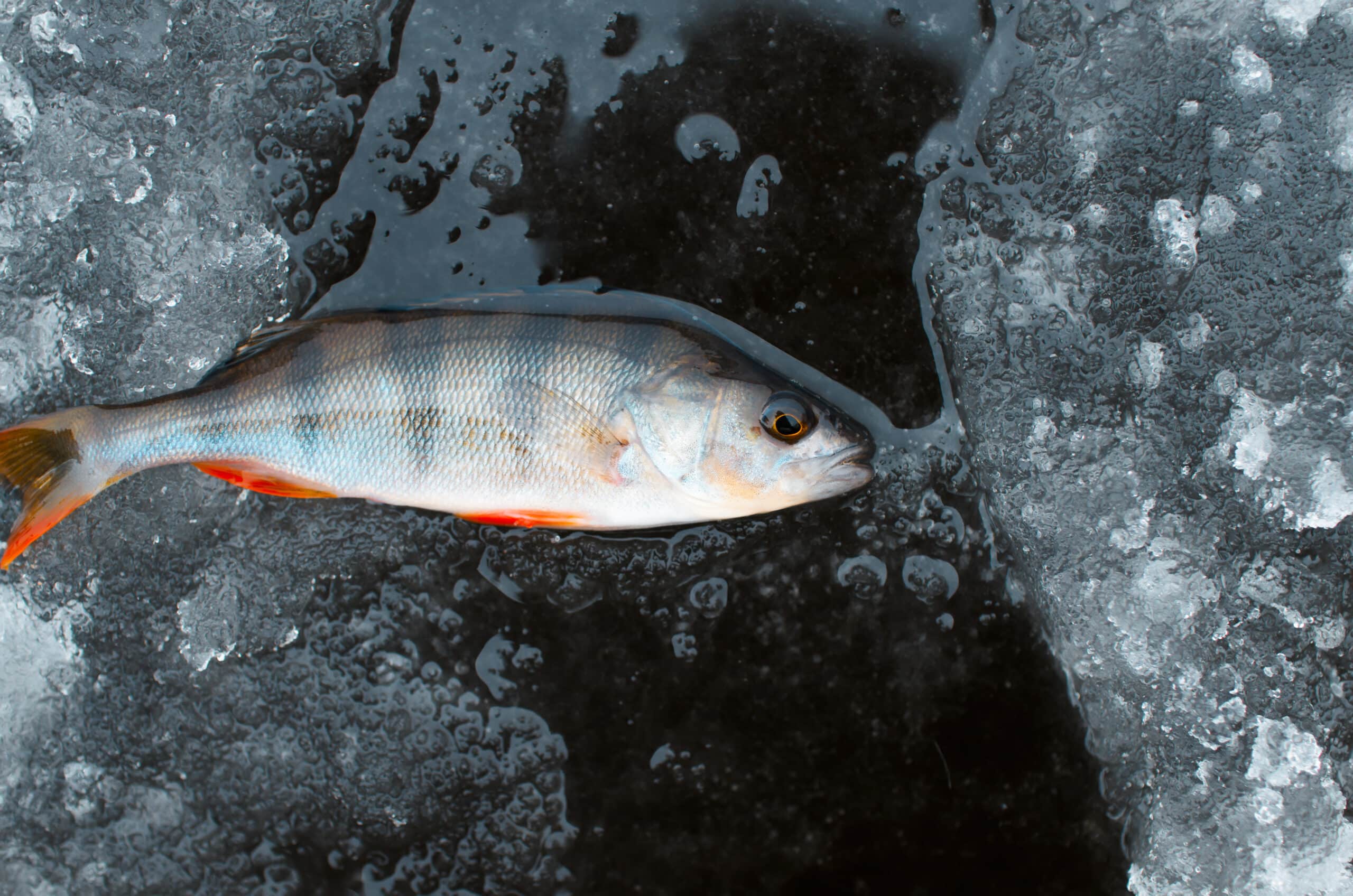What are Three Main Lures Used in Ice Fishing?
Key Takeaways
- Jigs are one of the most commonly used lures in ice fishing. They consist of a weighted head and a single hook, often adorned with feathers, hair, or plastic bait.
- Spoons are another popular lure choice for ice fishing. They resemble small metal spoons and their fluttering action mimics the movement of injured baitfish, attracting predatory fish.
- Soft plastics, such as creature baits and shiner lures, are artificial bait options that mimic the appearance and movement of live bait. They offer anglers a wide range of options with various colors, sizes, and designs to choose from.
Ice fishing is a popular winter activity that requires specialized equipment, including lures designed to attract and catch fish in icy waters. Whether you’re a seasoned angler or a beginner, having the right lures can greatly improve your chances of success on the ice. In this article, we will explore three main lures used in ice fishing, based on information from various online sources.
Jigs
Jigs are one of the most commonly used lures in ice fishing. They are versatile and can be used to catch a wide variety of fish species. Jigs consist of a weighted head and a single hook, often adorned with feathers, hair, or plastic bait. The weight of the jig allows it to sink quickly through the water column, while the enticing bait on the hook attracts fish.
According to the sources, popular jig options include the Demon Jig, Hali Sukkula Jig, and Northland Whistler Jig. The Demon Jig is known for its realistic minnow-shaped body and vibrating action, which can entice fish even in the coldest waters. The Hali Sukkula Jig is a classic ice fishing lure that features a teardrop-shaped body and a colorful, reflective coating. The Northland Whistler Jig has a unique design with a built-in sound chamber that emits fish-attracting noise.
Spoons
Spoons are another popular lure choice for ice fishing. These lures resemble small metal spoons, and their fluttering action mimics the movement of injured baitfish, attracting predatory fish. Spoons can be used with a variety of techniques, including vertical jigging and casting. They are available in a range of sizes, weights, and colors, allowing anglers to match the lure to the target species and conditions.
Some of the top-rated spoon options mentioned in the sources include the Acme Kastmaster, Swedish Pimple Spoon, and VMC Rattling Spoon. The Acme Kastmaster is a versatile lure that can be used for both freshwater and saltwater fishing. Its aerodynamic shape allows for long casts, and its lively action entices fish to strike. The Swedish Pimple Spoon is a classic ice fishing lure that has been used for decades. Its unique shape and wobbling action make it a favorite among ice anglers. The VMC Rattling Spoon features an internal rattle chamber that creates noise and vibrations to attract fish.
Soft Plastics
Soft plastics are artificial bait options that come in various shapes and sizes. They are typically made of soft, pliable materials that mimic the appearance and movement of live bait. Soft plastics can be rigged on a jig head or used with a spinner or spoon. They are especially effective for targeting species like walleye, perch, and panfish.
While the sources didn’t specifically mention soft plastics as one of the main lures used in ice fishing, they did mention creature baits and shiner lures, which fall under the category of soft plastics. The Maki Plastic Craigi, for example, is listed as the best creature bait, while the Live Target Golden Shiner is mentioned as the most realistic shiner lure. Soft plastics offer anglers a wide range of options, with various colors, sizes, and designs to choose from.
Conclusion
In conclusion, jigs, spoons, and soft plastics are three main types of lures used in ice fishing. Jigs are versatile and effective for targeting a variety of fish species. Spoons mimic injured baitfish and can entice predatory fish. Soft plastics, such as creature baits and shiner lures, offer a lifelike appearance and movement that can attract fish in cold waters. Each of these lure types has its own advantages and can be successful when used with the right technique and in the right conditions.
Related Websites:
FAQs:
Q: Why is ice fishing a popular winter activity?
Ice fishing is popular during winter because it offers a unique outdoor experience and allows anglers to catch fish even in freezing temperatures. It provides a thrilling adventure and a chance to enjoy nature’s beauty while engaging in a challenging and rewarding activity.
Q: What is the purpose of lures in ice fishing?
Lures in ice fishing serve as artificial bait to attract fish. They mimic the appearance and movement of natural prey, enticing fish to bite. Using lures increases the chances of catching fish and enhances the overall fishing experience.
Q: Why are jigging spoons popular for ice fishing?
Jigging spoons are popular in ice fishing due to their versatile design and effectiveness. They have a realistic swimming action that imitates injured baitfish, triggering predatory instincts in fish. Jigging spoons are easy to use and can be jigged up and down to attract various fish species.
Q: What are the advantages of using tungsten jigs for ice fishing?
Tungsten jigs are highly advantageous for ice fishing. They are denser than traditional lead jigs, allowing for faster sinking and better sensitivity. Tungsten jigs transmit vibrations effectively, making it easier to detect subtle bites. Their compact size enables precise control and presentation, resulting in more successful catches.
Q: Why should I try out different lures for ice fishing?
Experimenting with different lures in ice fishing can increase your chances of success. Different lures attract different fish species, and fish behavior can vary depending on factors such as water clarity and temperature. Trying out various lures allows you to adapt to changing conditions and discover what works best for you.






